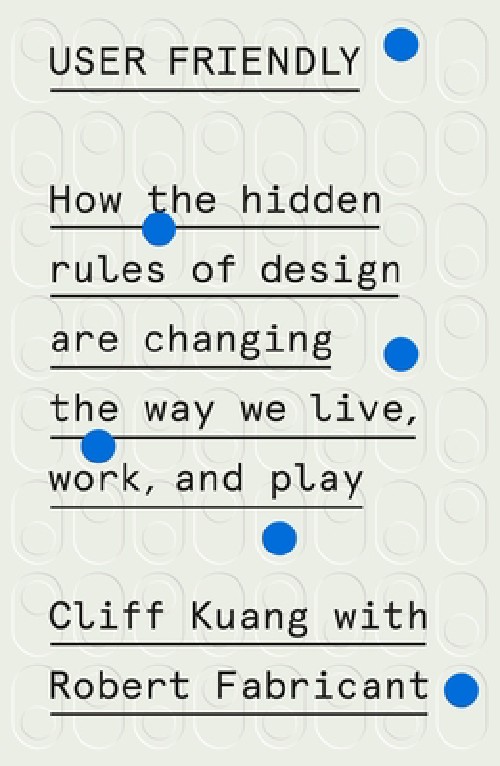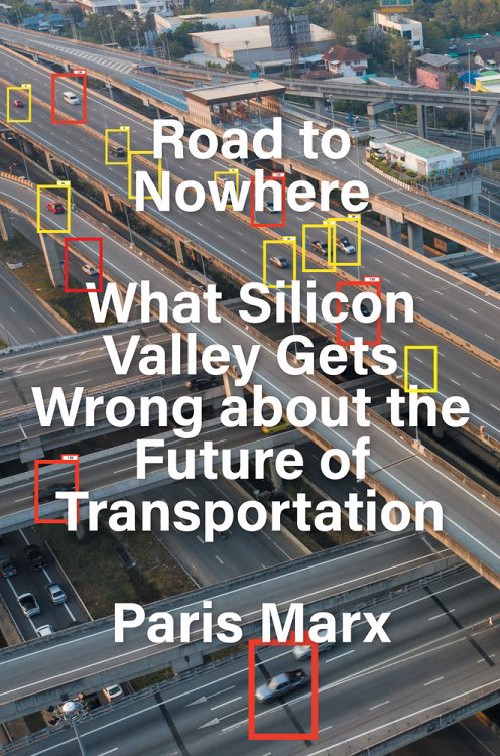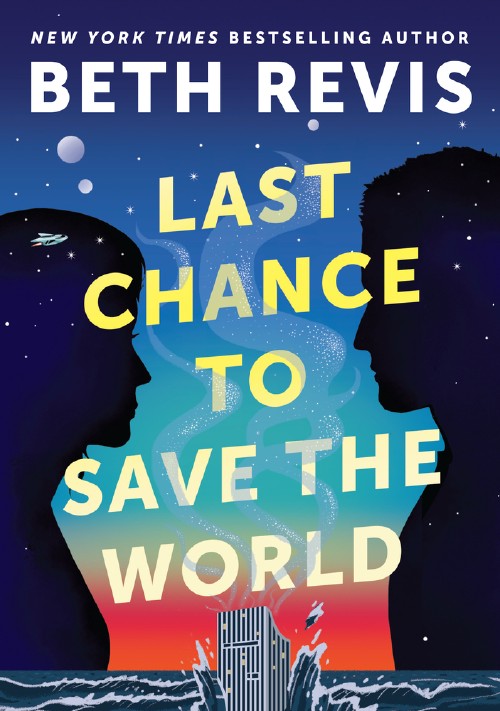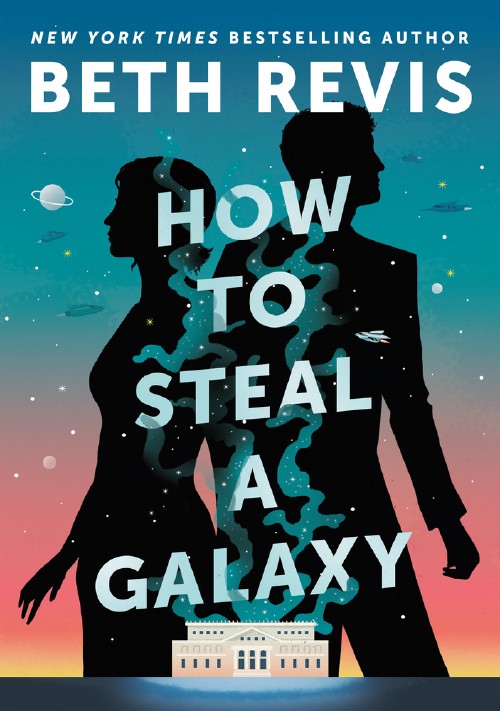
User Friendly
Copyright 2019, MCD
Cultural Analysis
In the past few years media critics have drawn attention to a common issue that the media has when reporting on police. This issue was humorously explored in the McSweeney’s piece An Interactive Guide to Passive Grammar which leads the reader on a journey to turn the active sentence “The quick brown fox jumps over the lazy dog.” into the “past exonerative tense” sentence: “Speed was involved in a jumping‑related incident with a lazy dog while a fox was brown.”
In this example, a sentence that describes a fox performing an action turns into a sentence that contains a lot of information and no specified actors. A reader does not actually learn who did what, even though an actor was responsible for the actions. The conclusion of the McSweeney’s piece points to a real news article that uses similar language to report on a cop murdering a black man, while avoiding any language that mentions the cop as an actor in the tragedy. The result has been relayed, the responsible party is absent.
Language that avoids identifying actors and causes is not an accident. It is always decision made by the author to help create stories that allow people to avoid accountability for their actions. In its worst form this writing avoids identifying any people or systems that might be held accountable at all. Often even that is the goal: to frame stories and perpetuate ideas that certain people aren’t responsible for their actions, and the systems they operate within are unnamed and thus unable to provide accountability. This is just the way the world is; unchangeable facts of the universe like gravity or the wetness of water. Nothing can be done about it.
I was reminded of this language analysis while reading User Friendly: How the hidden rules of design are changing the way we live, work, and play by Cliff Kuang. The book tells the story of how designers over the past century have created the world we live in today through the lens of being “user-friendly,” which is the concept that products should make sense and be easy to use. Kuang describes his book as “one that tries to show how ‘user friendly’ was invented, how it shapes our everyday rhythms, and where it will go next.” The book does root out a bunch of formative history, investigating the post-war creation of industrial design all the way up to self-driving cars and modern smartphone development. But the book fails spectacularly because Kuang is more interested in supporting the established myths inside the design industry rather than investigating why those myths don’t line up with reality he reports.
Towards the end of User Friendly, Kuang offers this reflection:
I’ve reported and written thousands of stories about digital design, and also designed digital products myself. That entire time I’ve always assumed that “making things frictionless” was an unalloyed good, right up there with science, efficient markets, and trustworthy courts. But is a user-friendly world actually the best world we can create?
Setting aside his suggestion that efficient markets are an unalloyed good, the thing that jumped out at me was the conflation of “making things frictionless” with “user-friendly.” This quote, on page 264, would seem to be contradicted by examples earlier in his book about times when designers found that friction was good and feedback loops are necessary. Even this far into the book, he hasn’t clearly laid out a definition such that he can see the assumptions he’s working with, despite his own text having proved them quite questionable. Asking if this is the best world we can create is wonderful, but here, it is only a rhetorical device, there will be no attempt to answer the question. A few pages later, he writes a paragraph that captures the heart of my frustration with this book, while talking about the “apotheosis” of personalization:
Yet in hiding great complexity behind alluringly simple buttons, we also lose the ability to control how things work, to take them apart, and to question the assumptions that guided their creation. Modern user experience is becoming a black box. This is an iron law of user-friendliness: The more seamless an experience is, the more opaque it becomes. When gadgets make decisions for us, they also transform the decisions we might have made into mere opportunities to consume. A world of instantaneous, dead-simple interactions is also a world devoid of higher-order desires and intents that can’t readily be parsed in a button. While it may become easier and easier to consume things, it will become harder and harder to express what we truly need. (pp 268-269)
This, to be clear, is a very good critique of user-friendliness and the state of modern consumer design in a world full of networked screens. Read the critique closely though. The world that is described as “user-friendly” is one that is reducing agency and obscuring choices. That is absolutely a trend across the world. But who, based on this paragraph, should we blame for this? Where are designers in Kuangs framing? This is a critique of a human-created world that does not implicate any humans for creating it.
Design was involved in a world-creating history that a bunch of consumers now live with.
On the very next page, Kuang—who has profiled designers who theorized ways to improve their design processes, built products based on those processes, and thus been influential in designing the world we live in—again describes a dystopian world that seems to have no active designers in it:
In purporting to know us better than we know ourselves, user-friendly products trap us in assumptions we can never break. We become rats in a Skinner box with only one lever to push, and so we push and push, because there is nothing else to do.
The book is such a failure because we’ve spent hundreds of pages reading about the people who are responsible for all this, but the book refuses to draw the obvious conclusions. Kuang has done an immense amount of research to understand who designed the products he covers. He interviews the designers, the people who know them, and the people who are familiar with the products. He methodically shows how these designers explored the world, theorized about how to better design for it, then attempted to implement their theories. The book is strongest when he explores the gaps between designer intentions and material realities… but those threads are dropped and never expanded on. This is a shame, because those gaps between design intention and real-world impact are the only parts of the book where the systems that designers operate within actually show up.
Kuang’s book, in this regard, fits in well within the field of design books. People who write about design are often designers themselves, and they have an extremely common trait which is well on display in User Friendly: everything that is possible for a designer to control is relevant, and everything that is impossible for them to control is either irrelevant or part of the learning process (and thus only relevant for its educational value). What this looks like in writing is that a designer is only responsible for the scope of the problem as they have defined it, and anything outside of that scope is unimportant.
In Kuang’s framing, the brilliant designers he highlights have found creative solutions that help us navigate complexity, design better for real humans, and overall create a more personalized and user-friendly world. Somehow, unfortunately, that world is a dystopia that seems to be getting worse? But the designers had good intentions and were solving real problems so they cannot be at fault. At the end of the book, one is left wondering if there’s any way of solving real problems without creating a dystopia? Or if, since we recognize this world as sucking so much, and full of trends that suggest the suck will continue, we have any hope of a different world?
This framing comes out most clearly in the chapter focused on Facebook, which goes from the invention of the Like button to the above critiques about hiding complexity, with no clear takeaway for a reader of any audience. This is because the book scopes it’s purview to “Design,” which means Kuang refuses to engage with context. The book covers designers who work for companies ranging from Disney, Microsoft, Facebook, and Apple as well as governments and design consultancy firms like IDEO and Frog Design. Designers who work for these corporations can impact millions upon millions of humans, and most are doing so in service of products designed to generate profits. And yet Kuang does not explore scale, power, or capitalism in the book aside from occasional inconsequential mentions. This is a massive failure for any audience, whether you are a designer reading to understand the history you are working in, or a non-designer curious about why the world works the way it does.
In failing to deal with the system of capitalism that designers operate within, Kuang misses the obvious reasons that design intentions often fail to be actualized in the real world. He recognizes that user-friendly design only sees human users as consumers. He is unable to connect that recognition to the system of profit-driven capitalism that designers operate within, and how that system requires all products to be marketable and scalable, which by nature removes the opportunity to design more humane solutions to real problems. In other systems, solutions that would increase agency and give humans the option to make other decisions might be available to us, and it might be interesting to imagine that! Because this systemic lens is unavailable to Kuang, he does not question the power that designers have to impact the lives and choices of so many humans today. In the world of User Friendly, this is simply how the world is, and designers are doing the best they can, and that’s good enough (it’s not like they intend to build dystopias, one would hope).
As he winds down the book, Kuang writes:
It is Pollyannaish to think that design will solve the world’s problems. But it is self-evident that the methods of design will play a role in helping us understand, accept, and then make use of whatever solutions we’re able to create.
I will interject to note that at no point has this book made the case that it’s “self-evident” that methods of design will play a role, instead the book has made the case that people with a lot of power and profit-incentives are convinced that the methods of design are helpful for their goals. Anyways, he continues.
The paradox of design in the twenty-first century will be the same one we face in society. A hundred years of exploding consumer choice have pulled us apart, blinding us to the costs of what we consume, in the name of making that consumption easier. The problem now is how to design for individual happiness while aiming us all toward higher ends that we can’t accomplish on our own. We can no longer assume that a better world will come merely as a by-product of making more people comfortable. Whether the problem is climate change or fake news, design must now help us make decisions based not just on what’s easy to use, but on what we should be using in the first place.
I am extremely tempted to disassemble this paragraph phrase by phrase, but that feels tedious. Let me instead focus on his logic. Kuang’s framing is that “user-friendly design” is powerful and has radically reshaped the world. However, separate from that, very unrelatedly, “society” faces immense problems related to the costs of consumption and long-standing assumptions that making people comfortable is enough to create a better world, which is apparently now not a valid assumption. But, good news, we have design and designers, who are ready to help us solve these immense problems that definitely arose on their own independently.
If anything is “self-evident” at this point, it’s that we didn’t end up with all these problems independently from all the people and products that have been so influential in shaping the world. This dystopian, crisis-laden world we are trying to sort through is the result of human design and actions. Some of the humans responsible are designers profiled in Kuang’s book. They used methods of design to solve problems, and their solutions became products and services that influenced the world in massive ways, and now we are living with the consequences of their influence. When we avoid the temptation to tell the story in fragmented ways that avoid implicating the responsible actors, we get to ask better questions.
Design was involved in world-creating history. Do we like the results of that history? The methods of design that designers employed led to solutions and products that have impacted the world significantly. Did the way they defined the problems in front of them actually help them see the full impacts of the solutions they proposed? If not, what should we do differently? And perhaps most importantly, were designers using methods of design in service of larger systems? If so, do those larger systems allow us the freedom and creativity needed to solve the problems we are facing? If no, why should we want them to be more user-friendly?
Is this the best world we can create? What does it look like to create better ones? User Friendly has no suggestions for those questions, but it is sure that the processes that got us into this mess are good enough to get us out. I remain extremely unpersuaded.
I hope that my review prevents you from cracking open this book, but in the spirit of not being hypocritical, I do not want to raise a bunch of questions for you without pointing you towards resources that might inspire your imagination in answering them. If you are curious about the impacts that technology has on the world, and how we might think beyond the world that has been designed by people with a lot of power and a lot of demands to generate profits.

Road to Nowhere: What Silicon Valley Gets Wrong about the Future of Transportation
Copyright 2022, Verso
Tech Industry
First, forever and always the first book I recommend is The Real World of Technology by Ursula Franklin. This short book of essays is one of the most insightful works ever published about how humans and technology interact, and how one might go about thinking critically about the design of technology (which, in Franklin’s framing, is a very wide field beyond just digital tech).
The other book is a recent book by Paris Marx called Road To Nowhere: What Silicon Valley gets Wrong about the Future of Transportation. Marx insightfully examines the ways that self-driving cars have been promoted in the past couple decades, then comprehensively explores the systems and histories that prove their promoters are making promises they can’t keep while attempting to solve the wrong problems. The book is an excellent history of America’s automobile-centric policies, as well as a well-argued proposal for larger ideas that grapple with real problems beyond the ones that self-driving cars could theoretically solve. Marx is well aware of how capitalism and power interact in the real world, and how much harm is created when those systems build the world without regulation or resistance.



